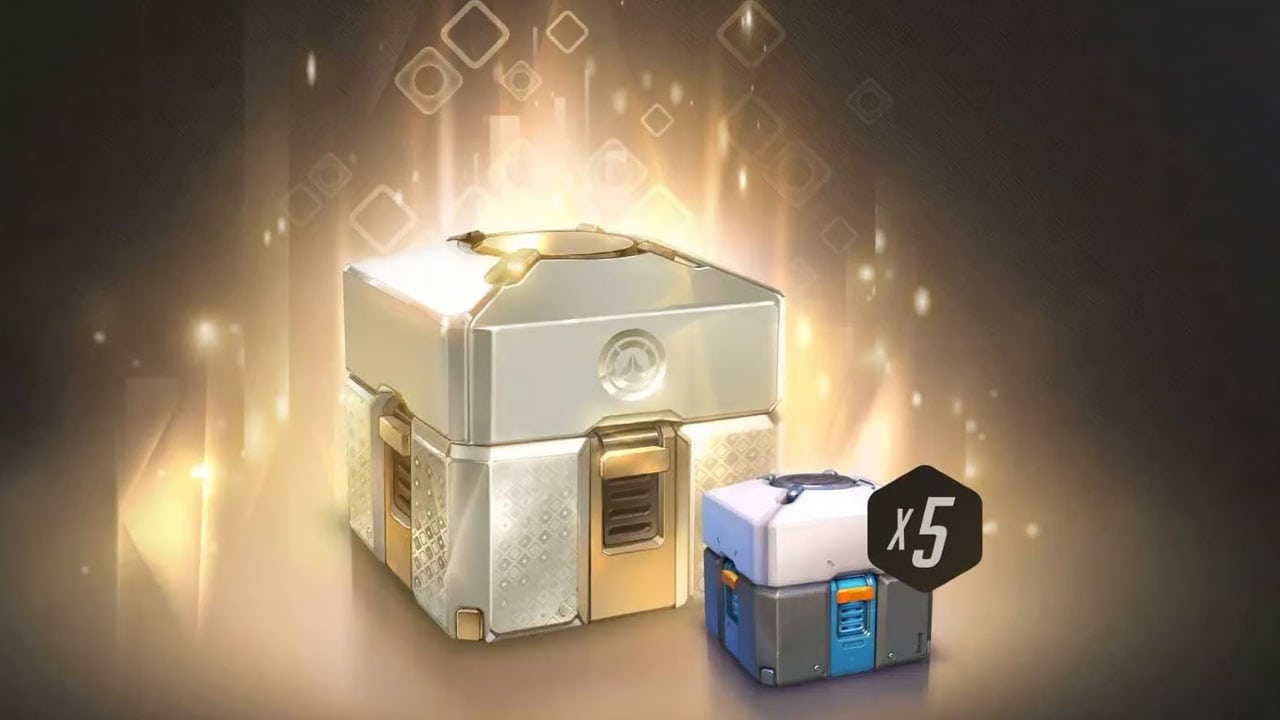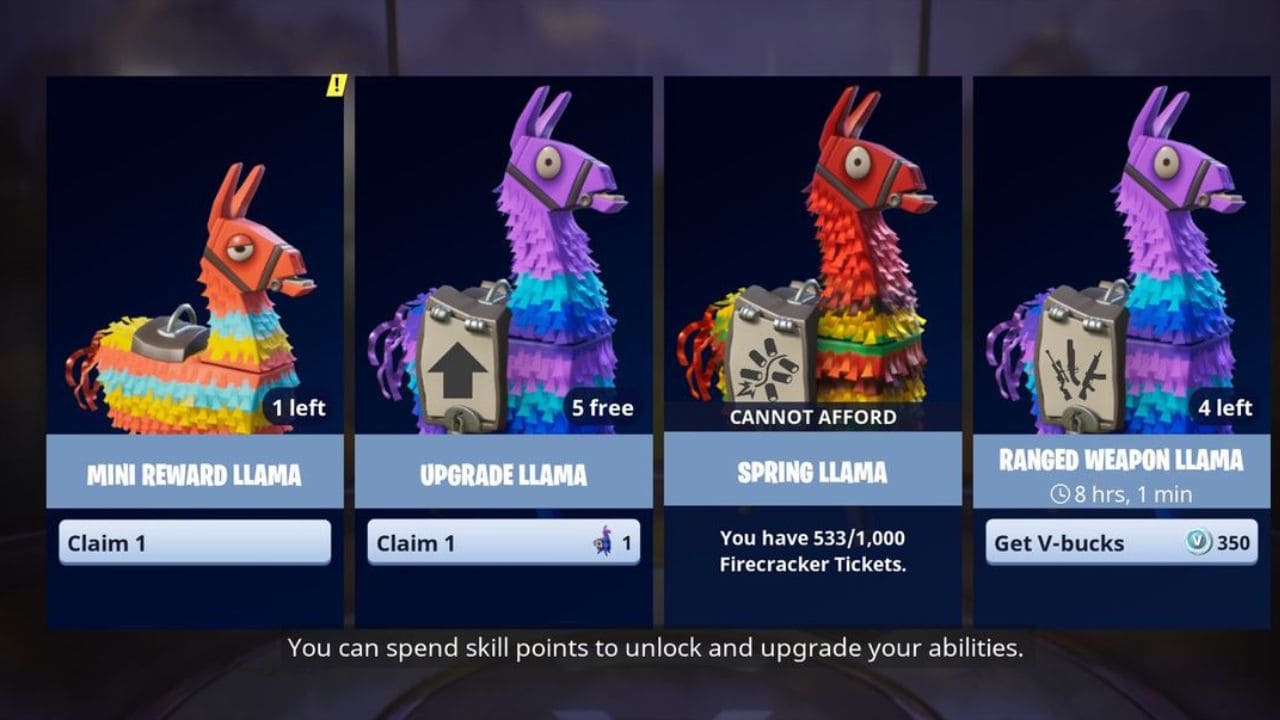Gaming has moved beyond something that people do just to pass the time. It’s supposed to be a form of entertainment, but it’s now changing how we make decisions, engage with online content, and even spend our money. Gaming mechanics are influencing the way we buy groceries and how we treat subscriptions and collectibles. Gaming’s fingerprints are all over modern consumer behaviour. Mechanics that were once exclusive to video games, like loot boxes, seasonal events, and reward ladders, are now baked into mobile shopping apps, online storefronts, and even brick-and-mortar stores. Gaming influences what people spend money on. It also changes how we think about actually spending money.
Part of the appeal lies in the dopamine hit that comes from randomized rewards. Loot boxes were the early culprits. They conditioned millions of players to tie excitement and value to the unknown. In the digital realm, a loot box might offer a rare weapon skin, a new character outfit, or an in-game boost. It’s the kind of transaction where the buyer pays not for a guaranteed result, but for the thrill of a possible outcome. This gaming mechanic has crept into the physical world. It has given rise to an entire category of products that lean into surprise and chance.
One of the most striking examples is the gaming mystery box. These are physical packages that blend the same reward mechanics found in video games with real-world products. Companies have built their business around this idea, offering boxes curated for gamers that include a rotating selection of merchandise, accessories, and novelty items. You don’t know exactly what you’ll get, but you’re promised a fun, game-themed haul worth more than the price you paid. Gaming mystery boxes bring virtual gaming habits into real life by offering tactile loot in exchange for curiosity.
That curiosity-driven spending model is now showing up in places that used to be straightforward. Take monthly subscription boxes. The earliest versions of these were simple: receive X product at Y price every month. Now, many of them are gamified. They come with progression tiers, surprise upgrades, or time-limited deals that mimic the excitement of in-game events. You don’t just subscribe. You “level up” your membership. There might be a hidden bonus item if you stay subscribed for six consecutive months, or you might unlock an exclusive design if you subscribe during a special event window. These are the same tactics used in mobile games to encourage daily logins or repeat engagement. The goal is to make the customer feel like they’re participating in something larger, with progression and rewards tied to their ongoing interaction.

Retail apps have taken notice. Companies are now incorporating “spin-to-win” wheels, streak-based discounts, and flash-sale timers designed to replicate the adrenaline of timed missions or loot drops. Even grocery delivery services and ride-share platforms aren’t immune. Some offer experience points or badges based on your activity, with the promise of unlocking perks or discounts. The psychological mechanic is simple and effective: attach excitement to otherwise mundane actions, and customers will keep coming back.
Loyalty programs have also adopted this gaming style. Earning points for purchases is nothing new, but now you can track progress toward goals, unlock different “ranks,” and even complete side quests in the form of bonus challenges. Loyalty programs have moved beyond simply collecting enough points for a reward. Now, they offer shoppers the feeling of advancement and achievement. Some apps allow customers to trade in points for spins on digital wheels, which might win them coupons, exclusive products, or entries into larger sweepstakes. It’s a system that mirrors slot machines more than traditional sales.
None of this happened by accident. Gaming culture has normalized the concept of spending money without knowing exactly what you’re getting. Players who grew up buying booster packs for digital card games or unlocking loot crates in shooters have developed a preference for uncertain outcomes. That’s bled into broader consumer behaviour. Blind boxes and mystery items are everywhere now, from collectible figurines to clothing. People like the suspense, the chase, the thrill of not knowing. Brands are taking advantage of that instinct.
Collectibles, in particular, have benefited from this shift. Once relegated to the back of comic shops and niche conventions, collectibles are now front and centre in mainstream retail, often marketed through gamified launches. Limited editions, region exclusives, and online drops are the new loot chests. People line up, refresh pages, and set alarms for chances to score rare items that might never return. Whether it’s Funko Pops or Pokémon cards, the same mechanics that drive gaming engagement now define the way collectibles are marketed and sold.
Even digital collectibles, things that exist only as pixels on a screen, are part of this movement. NFTs were the most obvious extension, blending gaming’s attachment to virtual items with crypto’s speculative culture. Although their initial hype has cooled, the concept behind them lingers: owning a rare digital item can carry perceived value, and people are willing to spend real money on it. Game developers have understood this for years. Rare skins and cosmetics in games like Fortnite or Counter-Strike are more than just aesthetic upgrades. They’re status symbols. Players flaunt them the way people show off luxury watches or sneakers. That kind of behaviour has crossed into shopping habits more generally, where digital scarcity and visual uniqueness matter as much as, if not more than, physical quality.
Seasonal trends, too, have taken cues from gaming. Limited-time events are a staple of live-service games, designed to spike player engagement. Now, retail does the same thing. Brands create seasonal shopping events with exclusive products, flash deals, or temporary content. For example, Halloween might mean exclusive merch drops that disappear at midnight. Black Friday morphs into a week-long digital event, complete with countdowns, sneak peeks, and loyalty challenges. The structure of these events mirrors online games’ approach to content: drive urgency through time limits, reward loyal participants, and offer just enough randomness to keep people checking back.
Mobile shopping experiences have also changed to feel more like mobile gaming. Many popular shopping apps now feature UI elements lifted directly from games, including progress bars, pop-up rewards, treasure chests, and even companion characters. The lines between app and game have blurred. What used to be a passive browsing experience is now designed to feel like active participation. Users get notified of milestones, prompted to claim rewards, and encouraged to invite friends for bonuses. It’s not far off from how free-to-play games operate. They draw you in with simple incentives, then layer in complexity over time.
What’s interesting is that this shift doesn’t just apply to younger consumers who grew up with games. Older shoppers are also adjusting, often without realizing it. A digital coupon system that rewards repeat visits or a checkout interface with “bonus rounds” might feel new, but the brain responds the same way it does to simple games. The feedback loop of action, reward, and progress is universal. It taps into basic instincts that make people want to keep engaging.
This kind of design doesn’t always benefit the consumer. There’s a growing debate about whether gamified spending promotes problem behaviour. Critics argue that randomized rewards and artificial scarcity exploit the same psychological mechanisms that drive gambling. Countries like Belgium have already banned loot boxes in games under gambling laws. Meanwhile, marketing strategies that mimic those mechanics in retail continue to spread largely unchecked. There’s a thin line between fun and manipulation, and some brands are walking it with increasing boldness.
Still, the popularity of these tactics suggests they’re not going away. Consumers enjoy the sense of discovery, the little hits of excitement, the feeling of being part of something active rather than passive. It could be through points systems, seasonal events, or the thrill of a mystery package showing up at their door, but people want more than just the thing they bought. They want the experience that comes with it. The success of some companies points to that craving. Gaming mystery boxes take the surprise, value, and fun surrounding virtual loot and give it physical form. It’s the kind of product that appeals to curiosity and nostalgia, drawing from childhood excitement around toys and collectibles while connecting to adult purchasing power.

Gaming’s influence doesn’t stop at the product level either. Marketing itself has started to mimic game mechanics. Campaigns now feature scavenger hunts, points-based challenges, and even interactive storylines that unfold over multiple emails or app notifications. Some brands host ARGs (alternate reality games) that send consumers looking for clues online or in the real world, all leading to a coupon code or product launch. These experiences don’t build hype, but they also create a sense of investment and participation. People don’t just want to shop anymore. They want to play.
This change is also visible in how people talk about shopping. Watch how users on TikTok unbox mystery items, chase exclusive deals, or show off their latest score from a drop. The language mimics game culture: loot, drops, wins, and grinds. “I finally pulled the rare one” is as common in toy collecting as it is in trading card games. Shopping is no longer purely functional. It’s performative, communal, and driven by the same instincts that power a gaming session: curiosity, excitement, and reward.
The subscription economy has adjusted in kind. Xbox Game Pass, PlayStation Plus, and Nintendo Switch Online normalized the idea of subscribing to access rather than to own. Other industries followed. Streaming platforms, audiobook services, and fitness apps now use similar models, and many of them come with bonus perks or rotating libraries that encourage you to stick around. Again, the reward structure is designed to feel like progression. Stay subscribed and unlock a better experience. Cancel early and miss out.
One of the more recent developments influenced by gaming culture is the rise of companion apps that blur the boundaries between entertainment and e-commerce. These apps often serve dual purposes. They’re part storefront, part mini-game. For example, apps tied to sneaker releases or limited-edition tech gear use virtual raffles, leaderboard-style waitlists, or spin-the-wheel access passes to distribute inventory. Consumers are competing for the right to shop. These methods don’t necessarily guarantee fairness or transparency, but they do keep people glued to their screens, refreshing and interacting in ways that traditional retail channels never demanded.
Retailers have also taken cues from the way games introduce content gradually, often through unlock systems or early access passes. Some fashion brands now roll out collections in stages, allowing only top-tier customers or those who’ve completed certain engagement milestones to buy first. It turns a routine product drop into an event, giving it an artificial sense of rarity and urgency. Once again, it’s not just about what’s being sold. It’s about how the process mimics a challenge, with rewards doled out to those who “play” effectively.
What gaming has really done is change the emotional script behind spending. Instead of thinking, “What do I need?” consumers are now thinking, “What might I get?” That subtle shift reframes purchasing decisions in ways that marketers love. It opens the door to impulse buying, to repeat transactions, to people spending just for the thrill of it. The transaction becomes part of the entertainment itself, not just a means to an end.
There’s something both fascinating and a little unsettling about how seamlessly game mechanics have embedded themselves into everyday life. They weren’t designed with retail in mind, yet they’ve found a home there. The excitement of a new season pass, the rush of opening a loot crate, and the satisfaction of a completed quest are feelings that have been lifted out of gaming and laid over shopping like a skin. The goal is to keep us coming back, keep us interested, and, above all, keep us spending.
Whether it’s a discount tied to a spinning wheel, a tiered reward system that mimics character progression, or a mystery box promising unknown loot, the DNA of gaming now lives in our wallets. And as long as it keeps working, it’s likely to spread even further. Shopping used to be a transaction. Now, for many, it’s just another game.
Gaming culture didn’t invent these tactics, but it made them feel normal. What once would’ve seemed like manipulative marketing now gets passed off as fun. That’s the legacy of gaming’s influence: not just changing how we spend, but making us want to.



